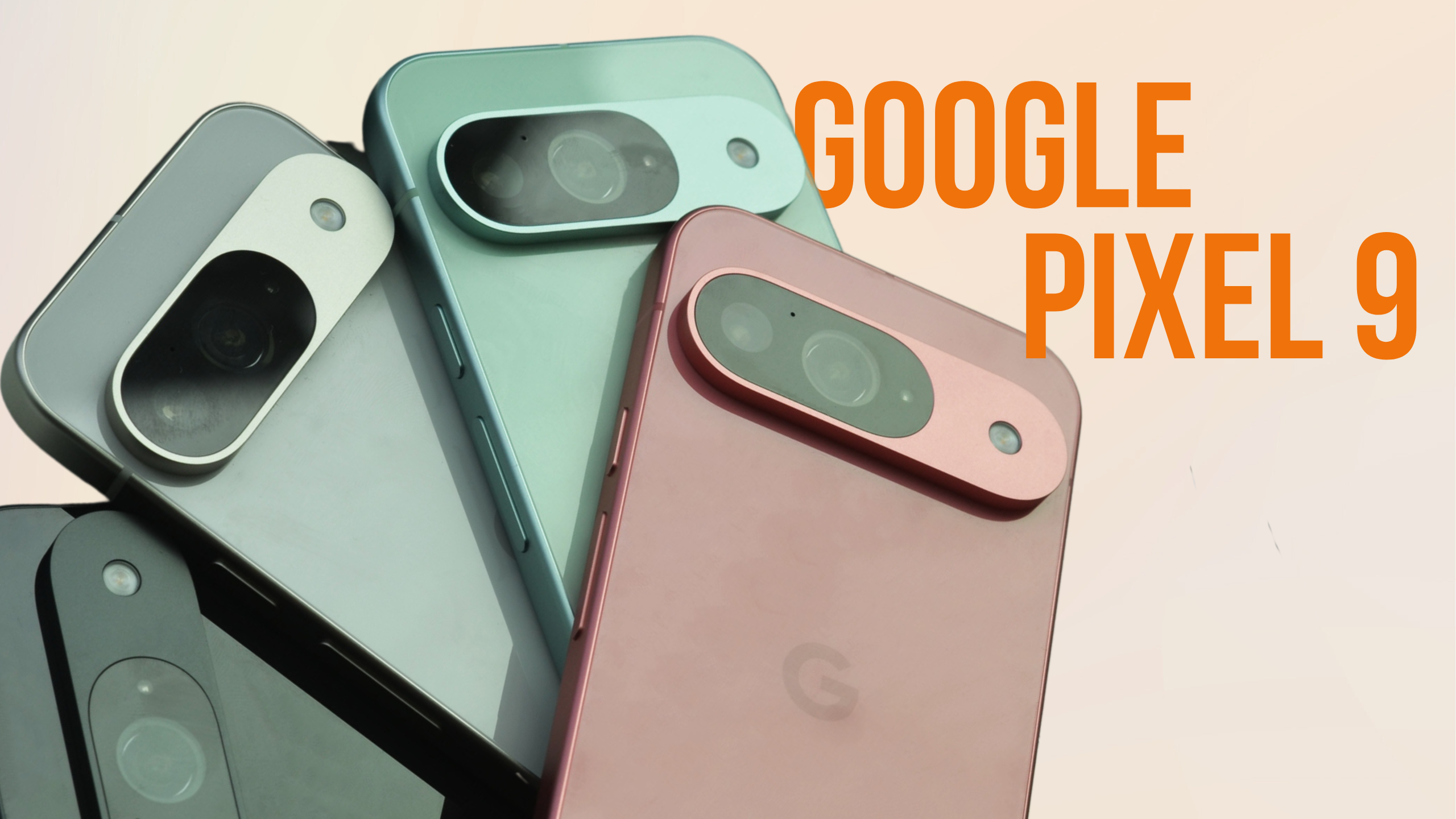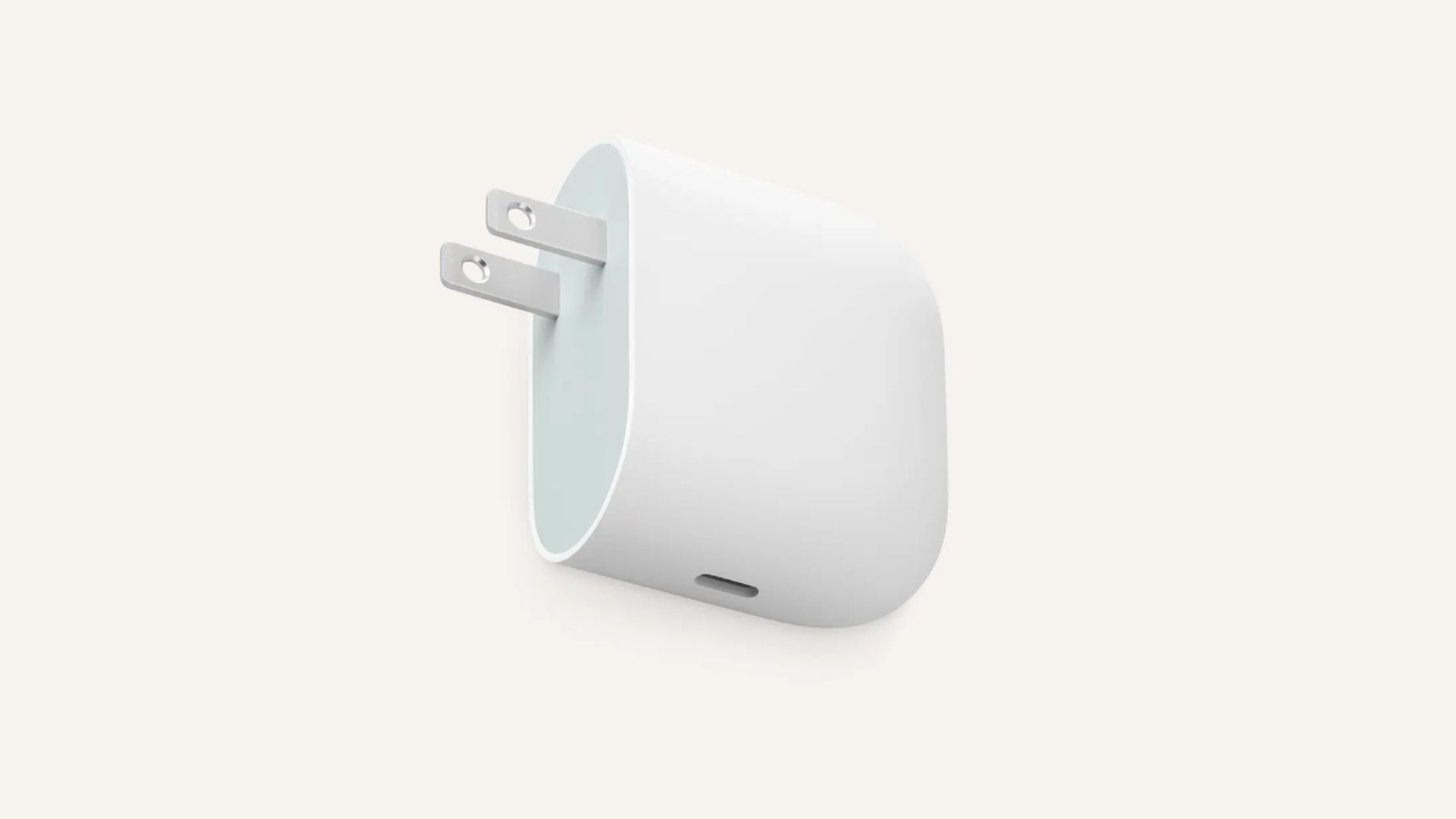Key Takeaways
- Google’s new 45W USB-C charger is ostensibly aimed at Pixel phones, but no smartphones are capable of charging that fast right now.
- This could be the basis for the Pixel 10’s faster charging.
- Accessories cost an additional $30.
Amid all the hype around the new Pixel 9 lineup on Tuesday, Google also quietly launched a little product: an optional 45W USB-C charger, Engadget points out. While the product itself isn’t all that exciting, none of the new Pixel phones can charge particularly fast: the Pixel 9 and Pixel 9 Pro both charge at 27W, and even the Pixel 9 Pro XL is capped at 37W. The Pixel 9 Pro Fold is actually the slowest, at 21W.
3:31

Related
Pixel 9: What’s new and what’s not?
The Pixel 9 has a slightly larger display, an upgraded ultra-wide camera, and some new AI tools.
In the short term, the new charger is likely just a way for users to get the most out of their Pro XL if they’re willing to pay the extra $30, but the company could have easily gone for a 40W design if it wanted, meaning Google could be laying the groundwork for future devices like the Pixel 10 smartphone and second-generation Pixel tablet. Users who buy a 45W charger today won’t be stuck for a buck when those new devices are announced in the next year.
 Google is still catching up
Google is still catching up
Most of the new Pixel phones can charge as fast or faster than Apple’s iPhone 15 series, but Google still lags behind other smartphone makers. Samsung’s Galaxy S24 Ultra is capable of 45W, and the OnePlus 12 is capable of 80W. In countries where Chinese-made phones are available, models with over 100W are available. The Realme GT5 can deliver a whopping 240W of power, on par with the power needs of a gaming laptop.
One of the main concerns with increasing wattage is heat. Not only does heat make the phone harder to hold, it can also damage components or pose a fire hazard if it gets out of control. As wattage goes up, phone manufacturers have to take special design measures to keep the phone under control. This can include improved airflow, more efficient circuitry, and specialized cooling systems.
But if it works, it could offer a big advantage in terms of convenience: the Realme GT5 can be fully charged from zero in under 10 minutes, whereas an iPhone might only get a few percent charge in the same time.
